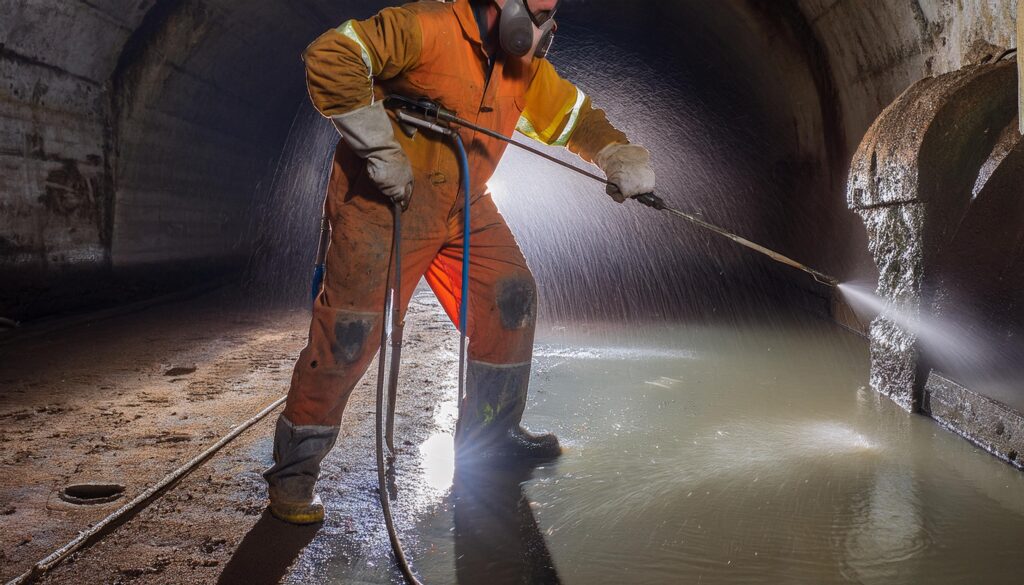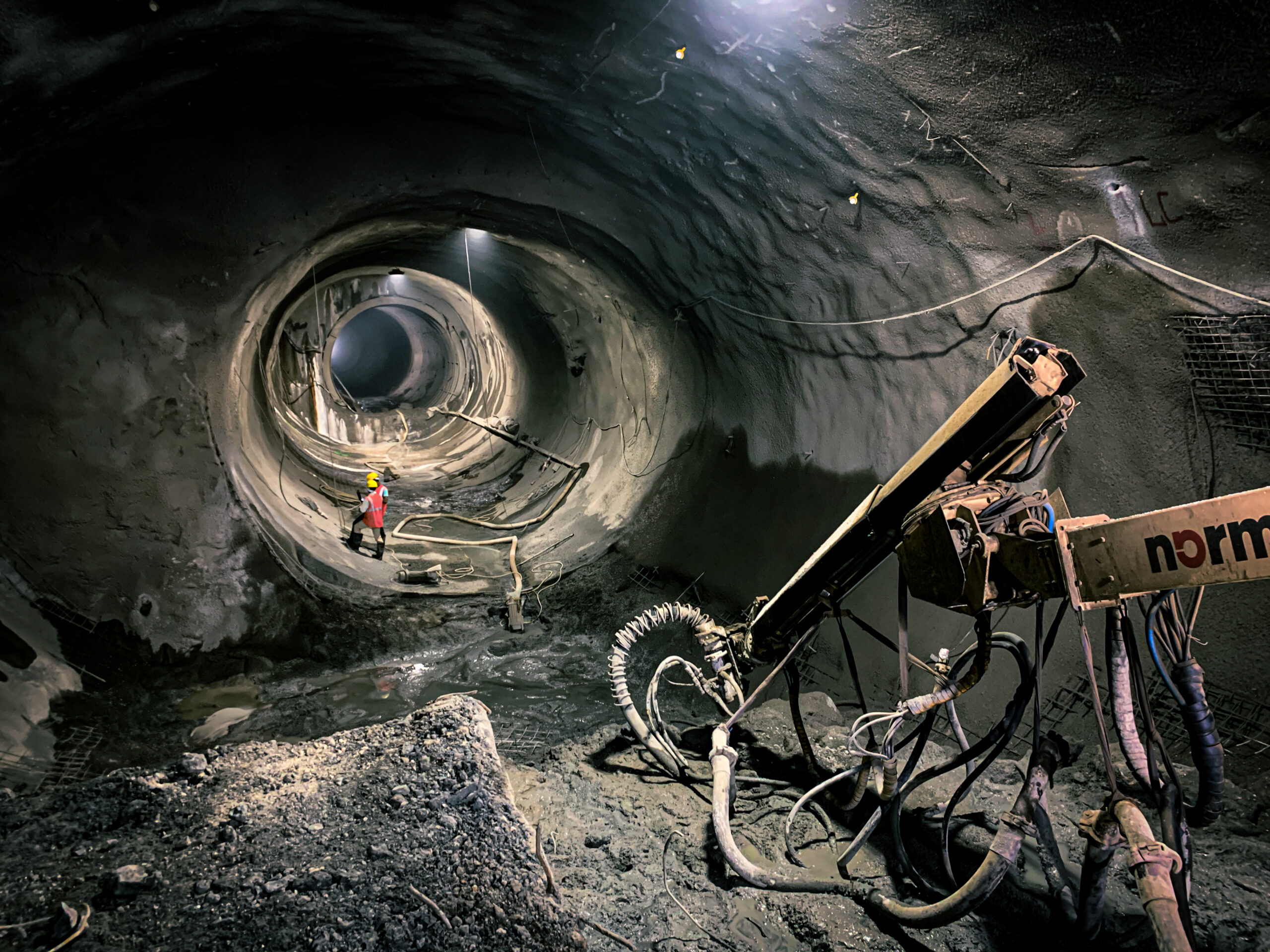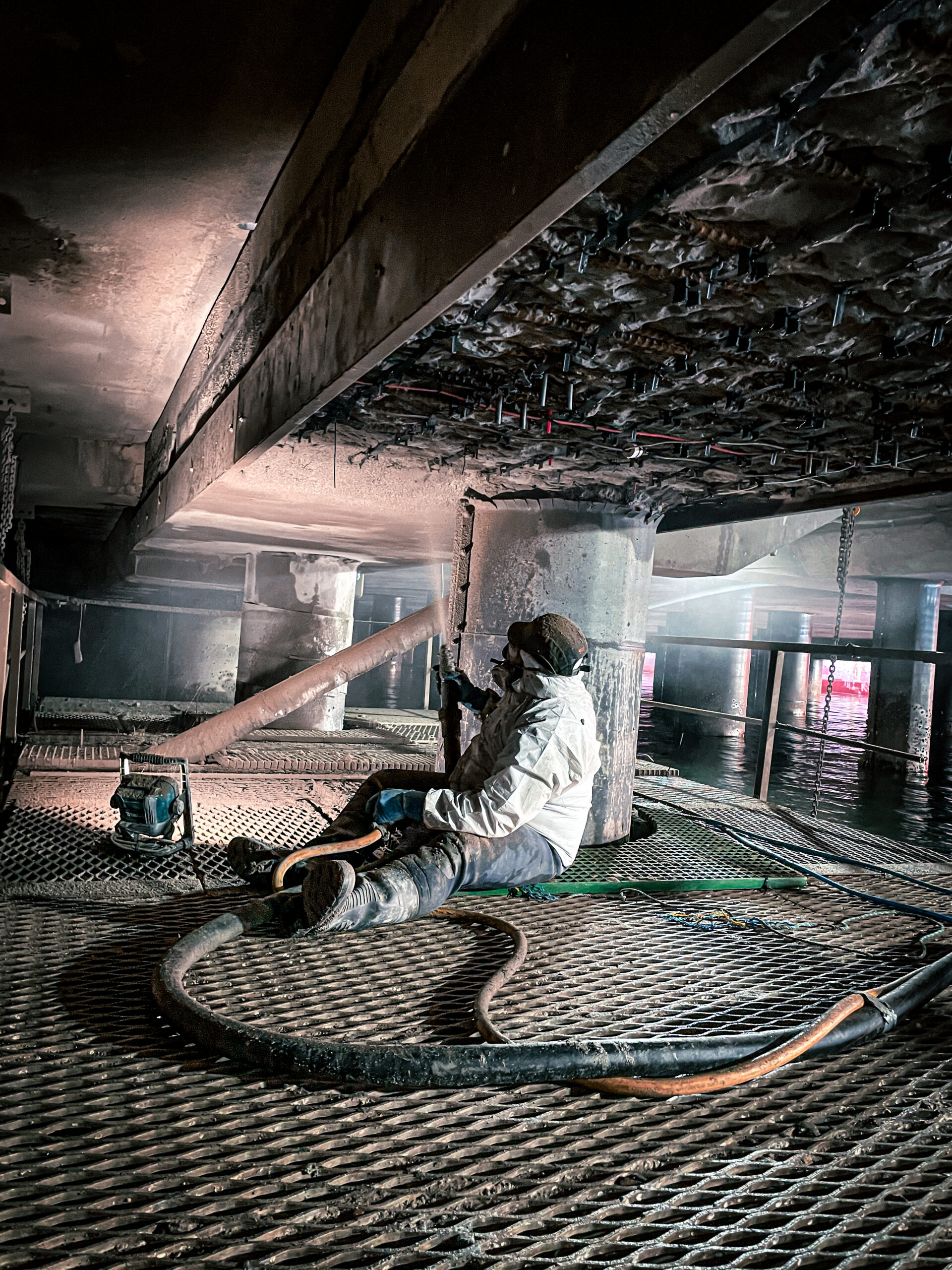When it comes to removing damaged or deteriorated concrete in construction and infrastructure projects, precision and safety are key. Traditional methods like jackhammering and mechanical demolition can be invasive, noisy, and potentially damaging to the surrounding structure. This is where hydro demolition offers a game-changing alternative. Using the power of high-pressure water, hydro demolition is an effective, efficient, and environmentally friendly method for concrete removal. Let’s explore how this advanced technique works and why it’s becoming the go-to solution for concrete repair and restoration.
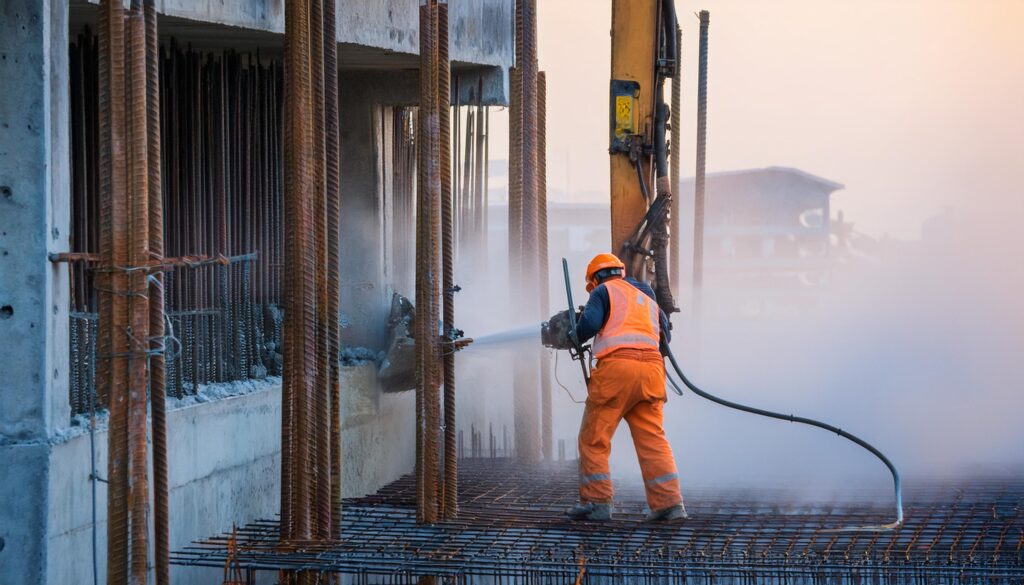
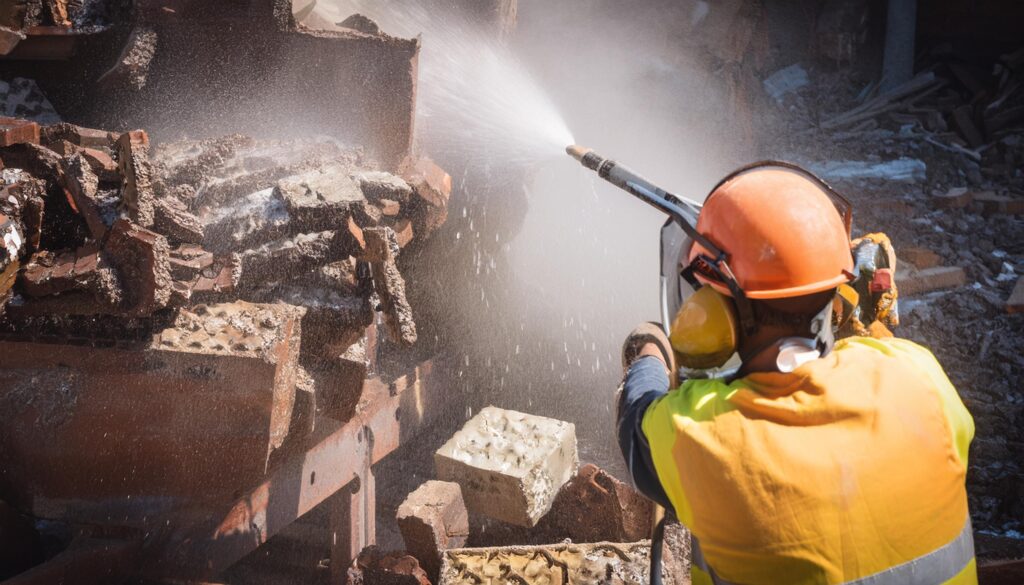
What is Hydro Demolition?
Hydro demolition, also known as water jetting, is a technique that uses ultra-high-pressure (UHP) water to remove damaged or unwanted concrete from a structure without causing harm to the reinforcing steel or surrounding areas. This process is incredibly precise, allowing operators to target specific sections of concrete while preserving the integrity of adjacent materials. It’s often used in repair projects where the underlying structure needs to remain intact, such as in bridge decks, tunnels, parking garages, and industrial structures.
How Does Hydro Demolition Work?
Hydro demolition relies on water pressure, typically ranging from 20,000 to 40,000 psi, to break down and remove concrete. The high-pressure water jet erodes the surface of the concrete, efficiently removing layers or sections without disturbing the structure beneath. Here’s a breakdown of the process:
1. Surface Assessment:
The surface is evaluated to determine the amount of concrete to be removed and the pressure needed for the job.
2. Equipment Setup:
Hydro demolition equipment is set up, which often includes robotic arms for larger projects or handheld nozzles for smaller, more intricate areas.
3. Water Jetting:
The high-pressure water jet is directed at the concrete surface, removing the deteriorated or damaged material. The surrounding areas and reinforcing steel (rebar) remain untouched.
4. Post-Demolition Cleanup:
The removed concrete is washed away by the water, leaving a clean, rough surface that’s perfect for new concrete bonding.
Benefits of Hydro Demolition
1. Precision and Control:
One of the most significant advantages of hydro demolition is its precision. The process allows operators to remove only the damaged concrete while preserving the structural integrity of the remaining material. This is particularly important in repair projects where you don’t want to compromise the strength of the structure.
2. Preserves Rebar and Infrastructure:
Unlike mechanical demolition methods, which can damage embedded steel reinforcements, hydro demolition is gentle on rebar. This means you can remove concrete without worrying about costly repairs to structural components.
3. Safe and Environmentally Friendly:
Hydro demolition uses only water, making it a clean, eco-friendly process. It produces no dust, reduces noise pollution, and eliminates the need for harmful chemicals. It’s also safer for workers, as there is less vibration and reduced risk of accidents compared to traditional demolition techniques.
4. Superior Bonding Surface:
Hydro demolition leaves a rough, clean surface that is ideal for bonding new concrete. This results in stronger, longer-lasting repairs, which is especially beneficial for bridge decks, parking structures, and industrial facilities that require high durability.
5. Reduces Noise and Disruption:
In environments where noise and vibrations from jackhammers or other mechanical tools would be disruptive, hydro demolition offers a quieter, less invasive alternative. This is particularly useful in urban areas, near sensitive equipment, or in buildings that remain operational during repairs.
Applications of Hydro Demolition
1. Bridge and Infrastructure Repair:
Hydro demolition is widely used in repairing bridge decks, piers, and other critical infrastructure. By removing only the damaged concrete while preserving the integrity of the rebar, this method ensures long-lasting repairs.
2. Tunnels and Underground Structures:
In confined spaces like tunnels, hydro demolition’s precision and low noise make it ideal for removing deteriorated concrete without disturbing surrounding structures.
3. Parking Structures:
Parking decks and garages often suffer from concrete deterioration due to weather exposure and heavy traffic. Hydro demolition allows for targeted repairs that preserve the overall structure while removing only the damaged areas.
4. Industrial Facilities:
Hydro demolition is highly effective in industrial settings, where concrete structures may need to be partially removed without damaging sensitive equipment or disrupting operations.
5. Dams and Waterways:
Water-based structures such as dams or spillways benefit from hydro demolition, as it’s an ideal method for removing damaged concrete without affecting the structure’s water-tightness or causing environmental harm.
Why Choose Hydro Demolition?
Hydro demolition stands out as the preferred method for concrete removal in both restoration and repair projects because of its precision, safety, and environmental advantages. It offers a non-invasive, controlled solution that ensures surrounding structures, rebar, and reinforcing steel remain intact while efficiently removing deteriorated concrete. With minimal disruption, reduced waste, and superior surface preparation for new concrete bonding, hydro demolition is the smart choice for contractors and engineers seeking long-term, high-quality results.
At Integral Shotcrete, we bring years of expertise in hydro demolition, providing efficient, high-precision solutions for a wide range of projects. Whether you’re working on infrastructure restoration, industrial repairs, or any project that requires safe and effective concrete removal, our experienced team is ready to help.
Contact us today to learn how hydro demolition can benefit your next project and ensure its success!
